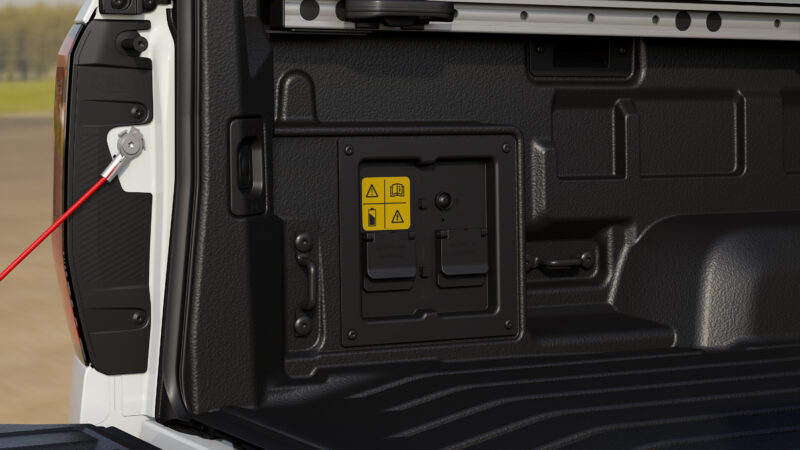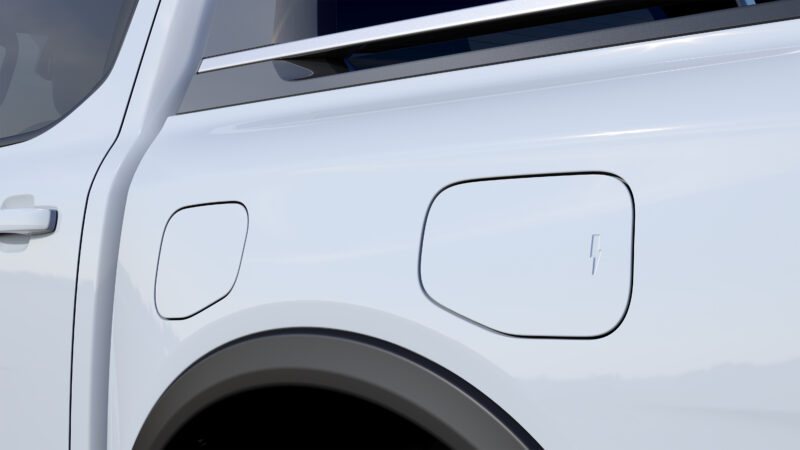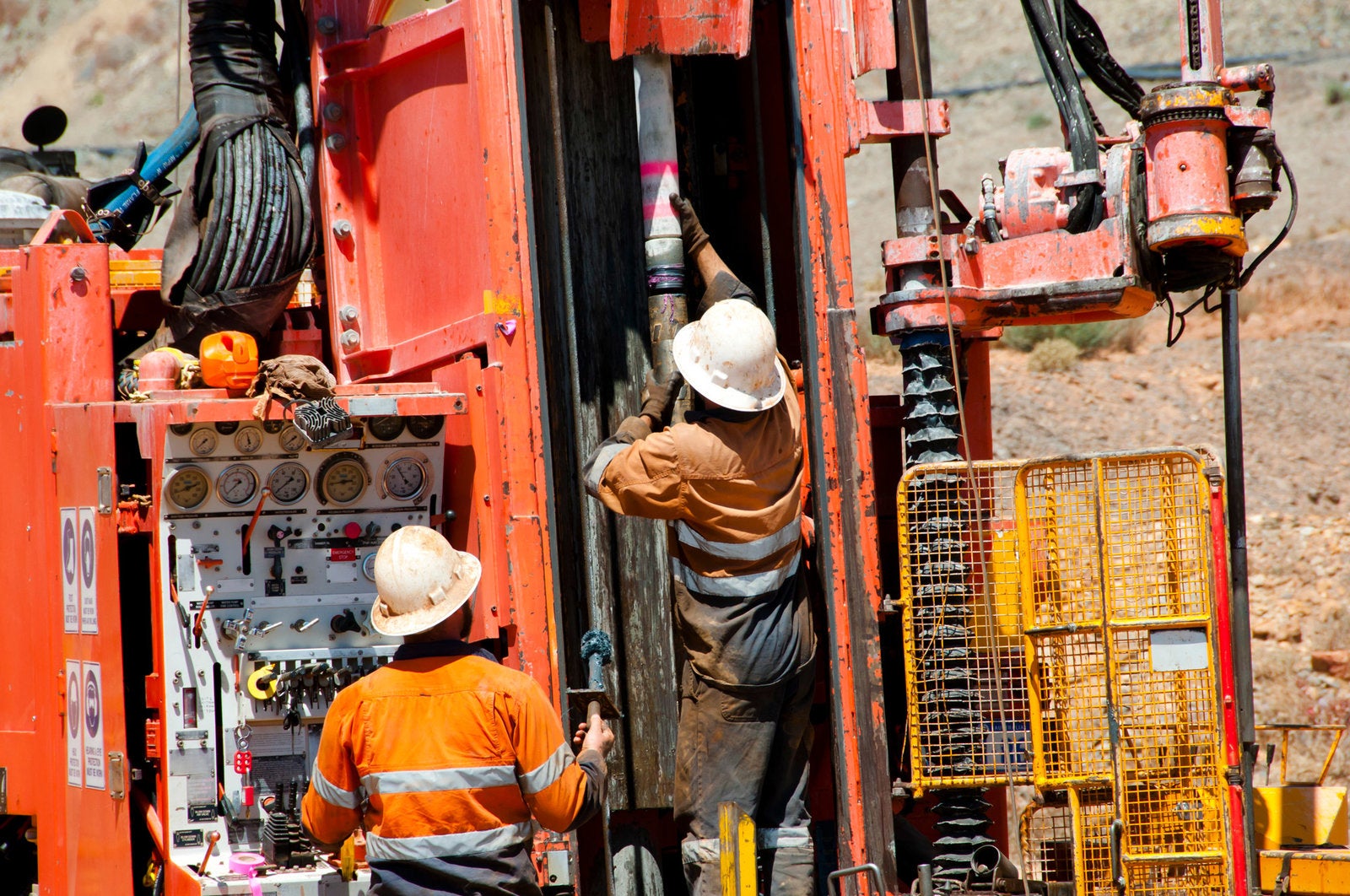Sign up for daily news updates from CleanTechnica on email. Or follow us on Google News!
Plugin hybrid electric vehicles (PHEV) can be a pretty contentious topic in the EV scene. For some, the idea of only offering a few miles of electric range followed by combustion is already hopelessly obsolete. For others, they’re a cheap scheme to get tax credits or HOV lane access. For others, they’re seen as fake EVs, because their owners supposedly don’t plug them in much (this is only known to be true for take-home fleet cars where the company pays for gas but not electricity).
For me, I have mixed feelings. Sometimes, I think they can be all of the above. There are really people who buy them and don’t plug them in because they just wanted to get HOV access, but the temptation of saving gas surely has to impact people’s decision of whether to plug in. I also don’t think we’ve seen any truly comprehensive studies on the topic (but there’s one that Toyota’s sitting on that I know of). So, the jury is still out as far as I’m concerned, and even if there’s bad data, I think it’s more of a matter of perverse incentives than the technology’s potential.
But, that doesn’t mean I can’t see when they’re trash, because sometimes they really are. There really are manufacturers using them as a crutch, but those are easily identified by the amount of electric range they offer. 50+ miles is good (with all of the caveats above). 30 miles is OK for many people, but not great. Anything under 20 miles is definitely a gimmick or a trick for small passenger vehicles, though, as they won’t cover most people’s daily driving.
But, there are two niches when I think PHEVs can still highly useful in 2023, and they both tend to line up with truck ownership.
The first one is people living in or frequently visiting rural areas, especially in today’s North America. The infrastructure is improving, but you can’t both tell me that Electrify America sucks and tell me that everyone can drive an EV. There are just places with no infrastructure, or shitty and broken infrastructure, and even Tesla is still working hard to expand charging opportunities. Plus, the “just buy a Tesla” thing isn’t going to fly in rural areas until there’s actually a Tesla truck being delivered, other trucks for people who don’t want a weird wedge can Supercharge, and the charging network expands more.
This brings me to the second problem: towing. While many trucks are sold to guys living in the suburbs and commuting to an office job, there still are many people who want to be able to tow. They might be towing regularly for a living, or it might just be weekend trips to the lake or woods, but a truck that can’t get to the destination and back towing the trailer isn’t going to be on their shopping list, no matter what weird Tesla nerds are telling us on Twitter.
Plus, the truck has to be affordable. A 200+ kWh battery pack not only uses a lot of battery cells in a time when they’re in high demand, but they’re just expensive. A truck with enough battery for local driving but with a gas engine for towing is both a lot more affordable in the current market and is a lot cleaner than a truck that only burns gas (I actually ran the numbers on this).
Hopefully by 2030 there are charging stations everywhere, faster charging stations, and towing isn’t a problem. But, until then, PHEVs are still useful for people buying for those edge cases.
Ford’s Ranger PHEV Announcement
With all of this in mind, you can see why I’m personally excited to see Ford introduce a PHEV truck. I think most people should still buy an EV, but for people whose needs aren’t well served by one, it’s almost definitely better than a hybrid or straight gas.
The production of the first-ever Ranger Plug-in Hybrid is set to commence in late 2024, followed by deliveries to customers in early 2025. Ford says this new model represents a remarkable stride forward in Ford’s endeavor to provide a comprehensive array of powertrain choices for customers in the mid-sized pick-up truck segment. It’s also capable of taking full advantage of the Ford Pro ecosystem, so it’s a good option for some professionals, too.
“The Ranger Plug-in Hybrid will help customers step forward into an electrified future, with more confidence and capability than ever before, while keeping Ranger at the forefront of innovation and leadership in the mid-size pickup truck segment,” said Hans Schep, general manager, Ford Pro, Europe.
The Ranger Plug-in Hybrid combines a 2.3-liter Ford EcoBoost petrol engine with an electric motor and rechargeable battery system, delivering exceptional torque. This innovative design also allows the vehicle to operate in pure electric mode, offering a targeted driving range of over 45 kilometers (approximately 28 miles). The capability for pure electric drive opens up exciting possibilities for business owners in numerous towns and cities with low emissions zones, enabling them to navigate with reduced environmental impact.
The Ranger Plug-In Hybrid boasts a maximum braked towing capacity of 3,500 kg, aligning it with the rest of the Ranger line-up. This might not sound like a big deal when half-ton pickups are towing 10,000 pounds, but 7700 pounds is enough for many utility trailers, campers, and boats that people think they need a bigger truck for.

Image provided by Ford.
The Ranger Plug-in Hybrid will also feature Pro Power Onboard, allowing customers to conveniently power their high-draw power tools and appliances on a worksite or remote campsite. By simply plugging them into power outlets integrated into both the cargo bed and the cabin, the need for noisy, bulky, and heavy generators is eliminated. This not only frees up more space in the cargo bed for other gear and equipment but also offers a quieter and more efficient power solution.
Ford’s software also gives people a lot of choices. In addition to providing on-demand electricity, the Ranger Plug-in Hybrid offers customers flexibility in utilizing the EV battery power with its EV drive modes (whether to use the electric range now or later). It also includes the proven 4-wheel drive off-road capability of the Ranger, along with selectable drive modes and advanced driver safety and assist features.
“Our customers want electrified vehicles that deliver strong performance and affordable cost of ownership without compromising what they love about their truck,” Schep said. “The Ranger Plug-in Hybrid is a best-of-both-worlds solution for work, play, and family — offering customers zero-tailpipe emission EV driving for short trips, or hybrid performance that delivers incredible off-road, payload and towing capabilities. And, with Pro Power Onboard for the first time, Ranger owners can power their work sites and campsites easily.”

Image provided by Ford.
The U.S. Really Needs This
While this is a fantastic truck for many people who refuse to buy a BEV today, it doesn’t make a lot of sense to me to offer it in Europe. They have much better charging infrastructure than the U.S. does, so there are even fewer people who couldn’t go EV. But, there are many, many truck buyers in the United States who would consider this truck, but not a BEV like the Lightning.
Ford does offer other hybrids and EVs in the U.S., but they’re all either hybrids or BEVs, and not PHEV. Ford really should bring this truck to the US for a few years so that more people will drive more electric miles.
Featured image and other images provided by Ford.
Have a tip for CleanTechnica? Want to advertise? Want to suggest a guest for our CleanTech Talk podcast? Contact us here.
EV Obsession Daily!
I don’t like paywalls. You don’t like paywalls. Who likes paywalls? Here at CleanTechnica, we implemented a limited paywall for a while, but it always felt wrong — and it was always tough to decide what we should put behind there. In theory, your most exclusive and best content goes behind a paywall. But then fewer people read it!! So, we’ve decided to completely nix paywalls here at CleanTechnica. But…
Thank you!
Tesla Sales in 2023, 2024, and 2030
CleanTechnica uses affiliate links. See our policy here.




